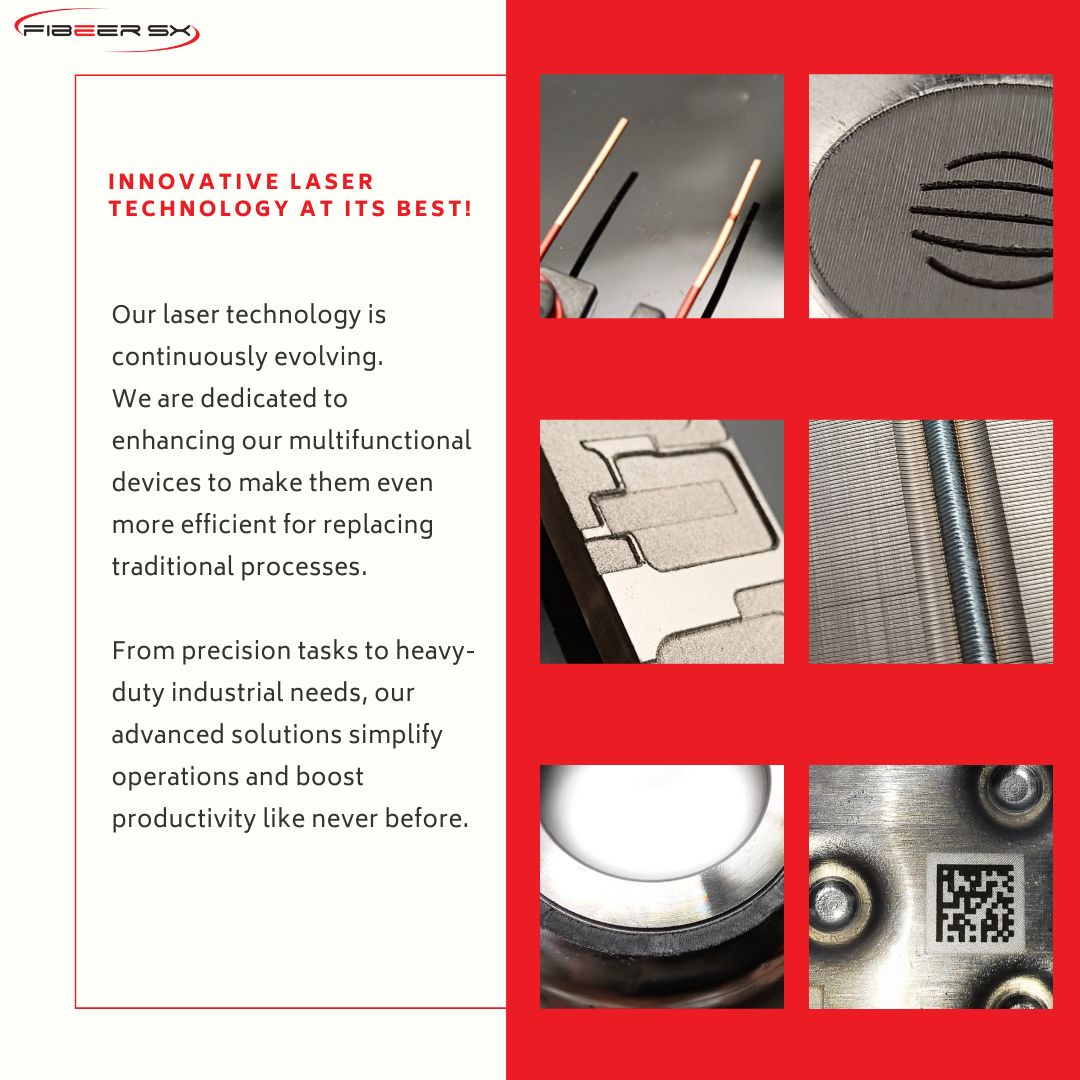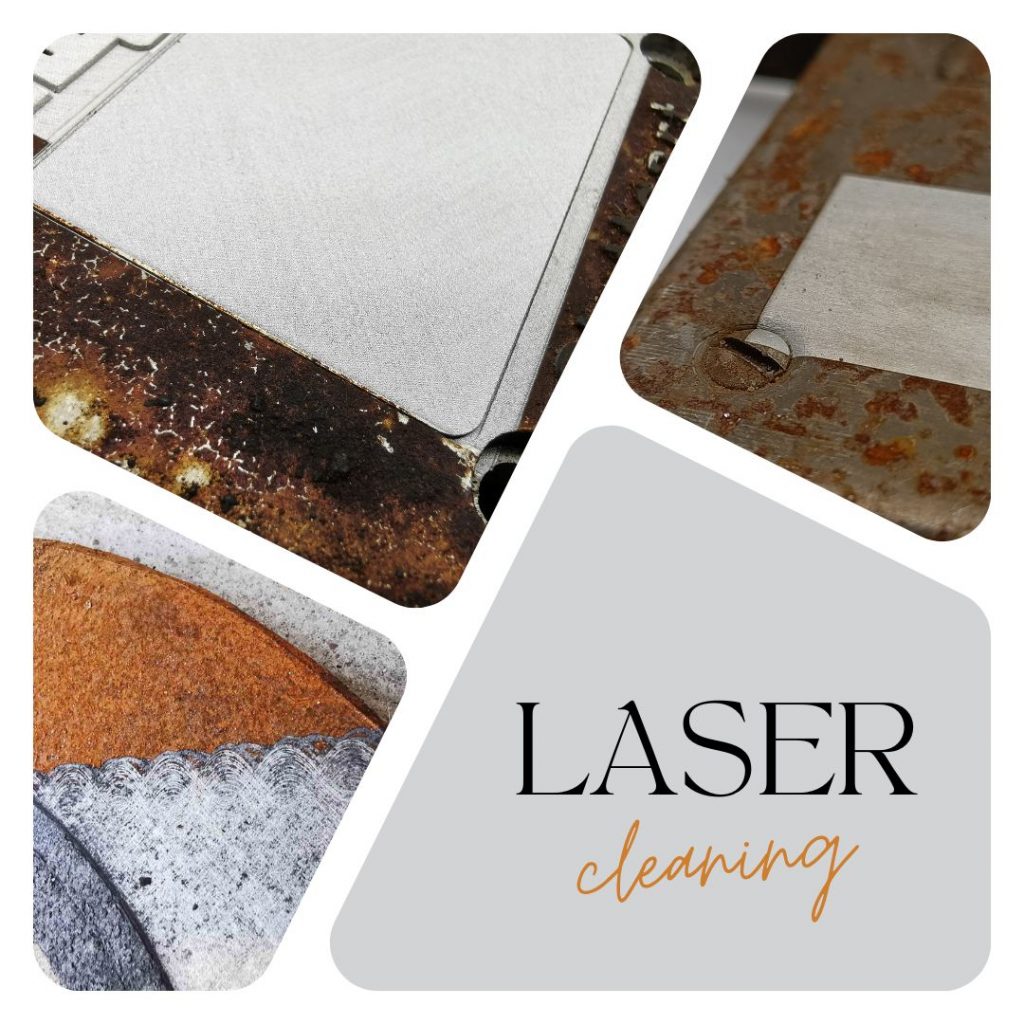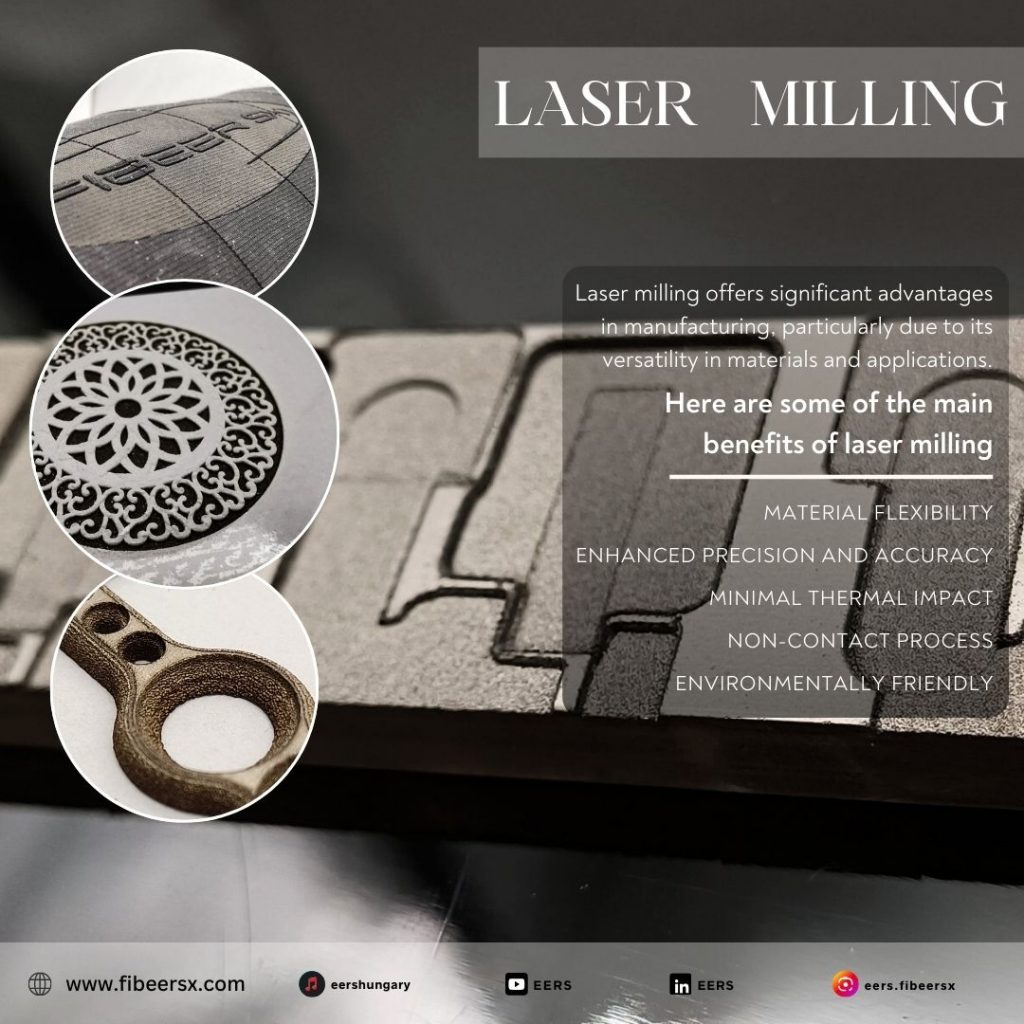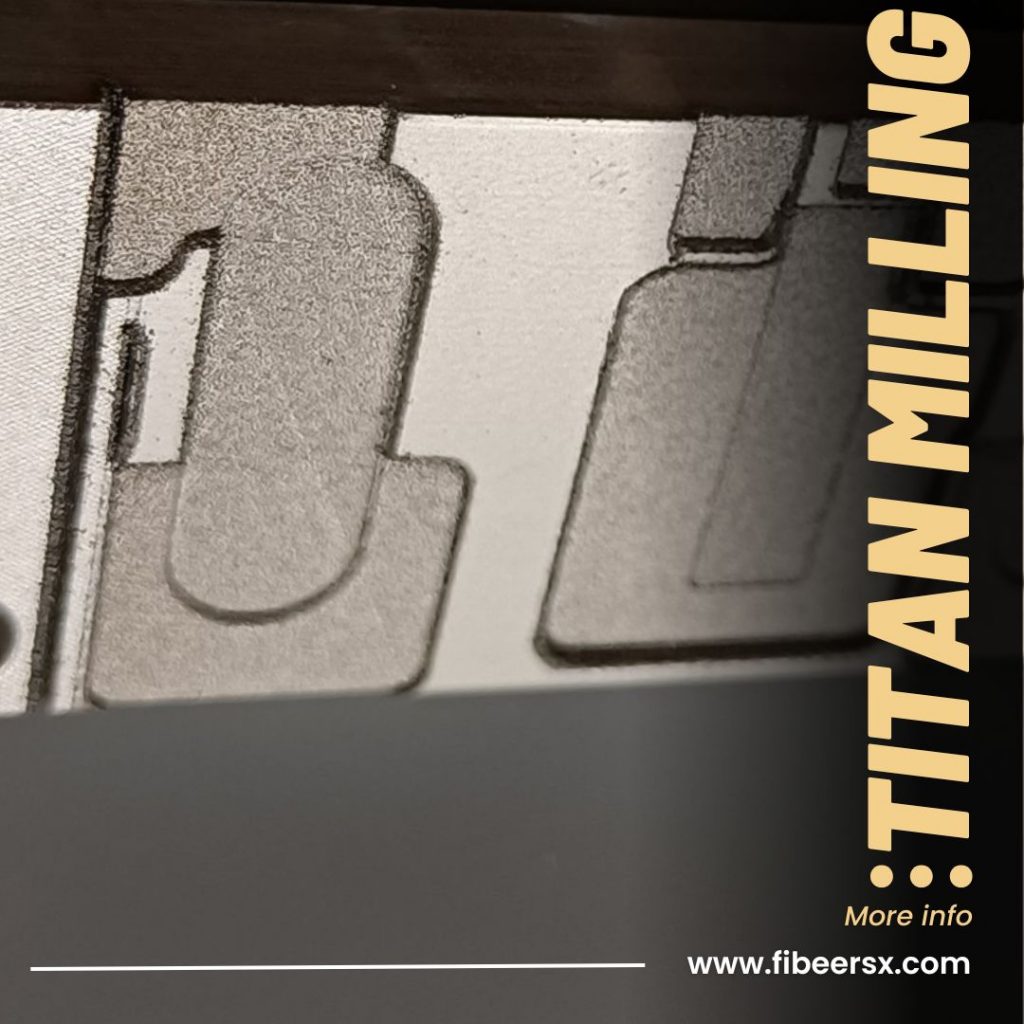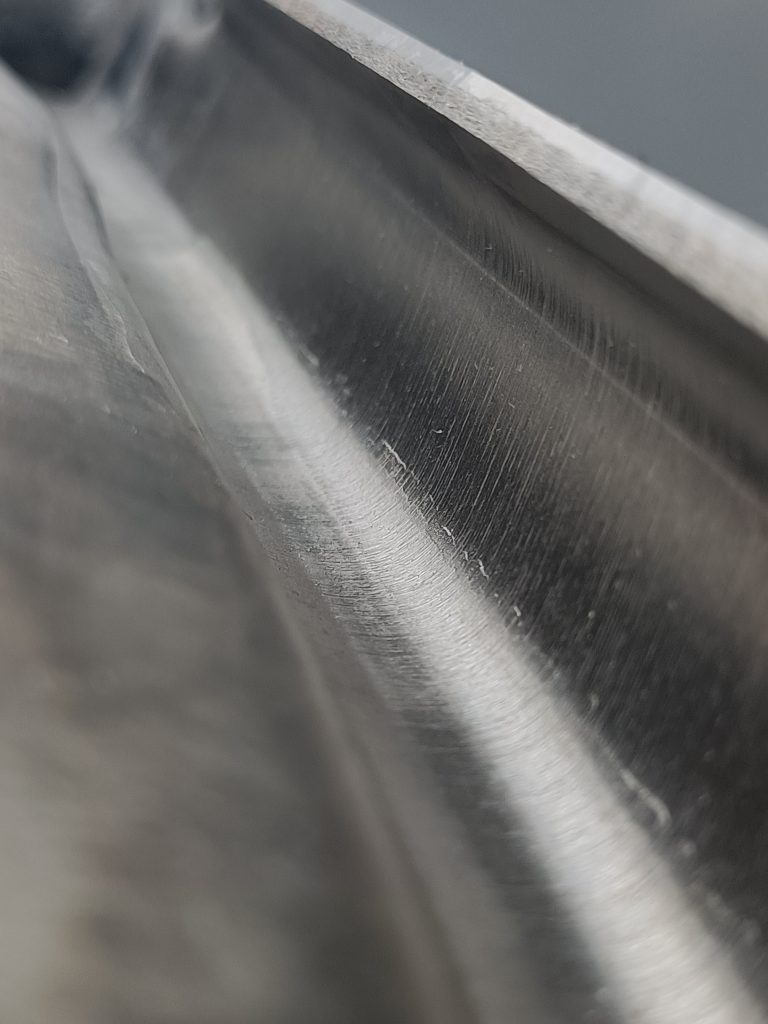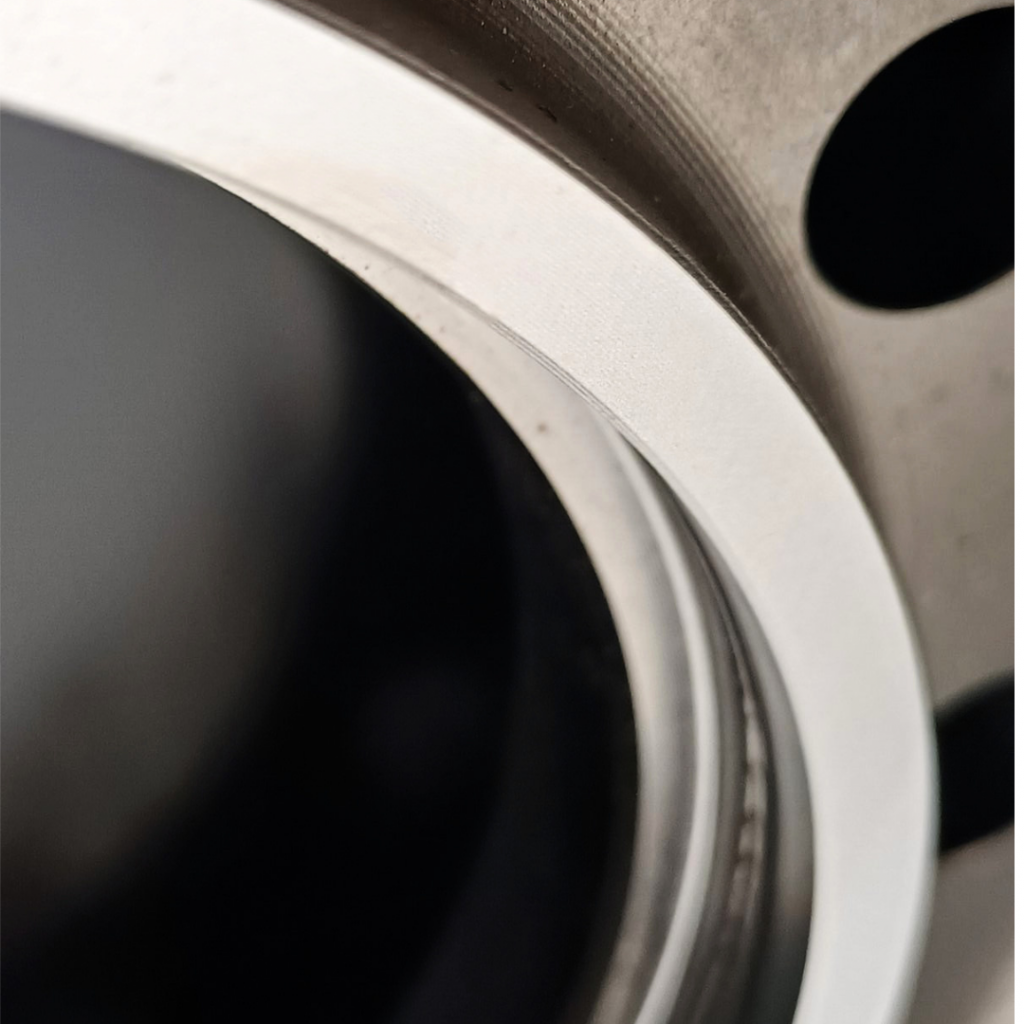FibeersX offers cutting-edge solutions in laser technology with several advantages that cater to industrial needs.
-
Advanced Laser Solutions: Multifunctional laser devices designed for cleaning, welding, cutting, marking, and engraving, ensuring high precision and efficiency.
-
Customizable Equipment: Modular designs that can be tailored to meet unique client requirements, ensuring flexibility for diverse industrial applications.
-
Sustainability: Energy-efficient laser systems that align with green manufacturing initiatives, reducing environmental impact.
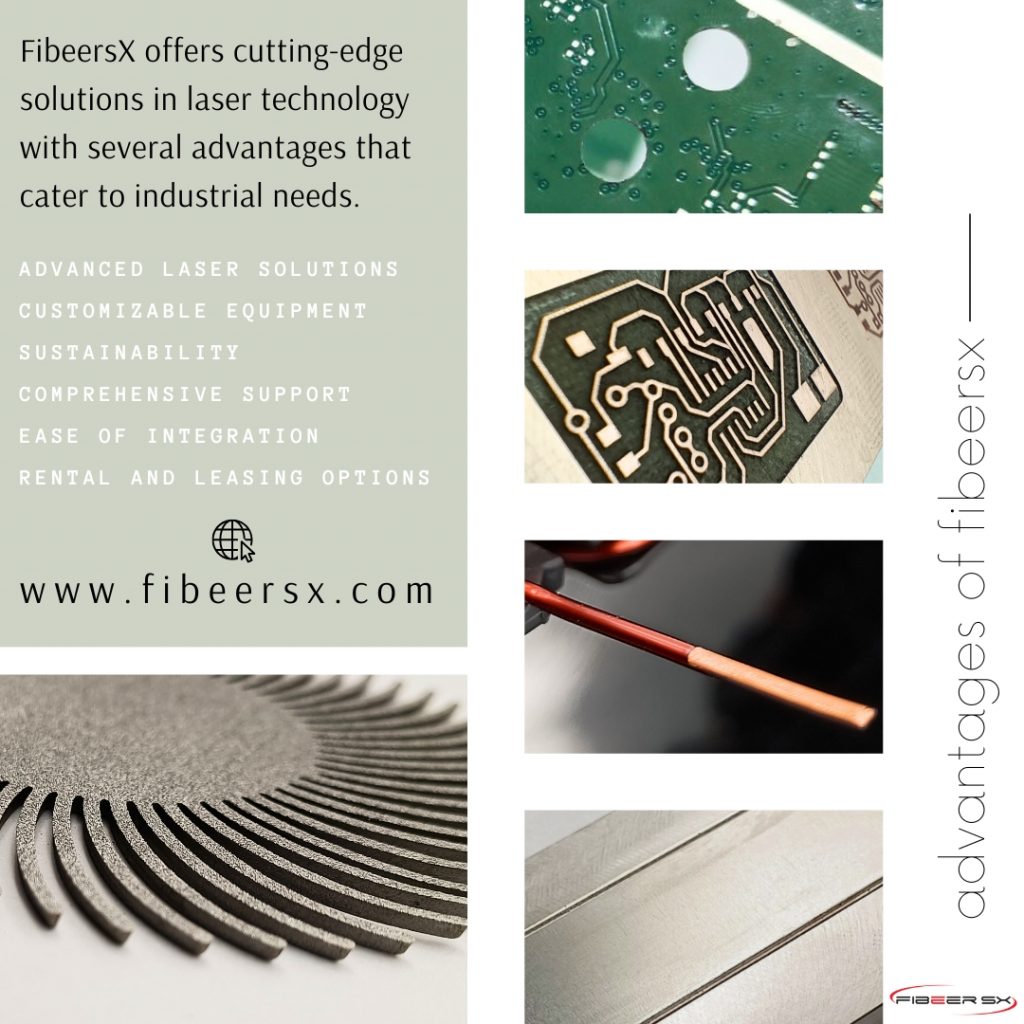
Comprehensive Support: Includes 4-year warranties, training, on-site consultation, preventive maintenance, and a robust local support system.
Ease of Integration: Compatible with automated production lines and equipped with user-friendly software for seamless operation.
Cost-Effective Solutions: Long-term savings with minimal maintenance and operational costs compared to traditional methods.
Rental and Leasing Options: Short- and long-term leasing opportunities, ideal for testing and temporary projects, with full assistance during setup and operation.




